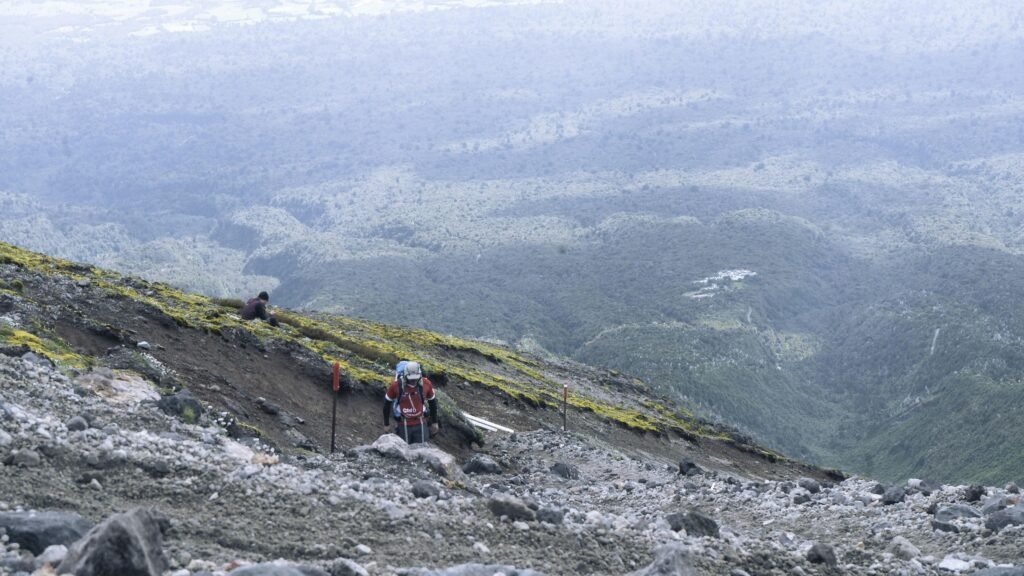If you’re craving a mix of breathtaking views, crisp mountain air, and a good dose of adventure, high-altitude hiking can offer all that and more. From towering peaks to serene alpine trails, exploring the world’s best high-altitude spots allows you to challenge yourself while soaking in some of nature’s most spectacular landscapes. Whether you’re an experienced trekker or looking to step up your hiking game, this year’s top high-altitude trails promise unforgettable experiences that are definitely worth lacing up your boots for. Let’s dive into some of the must-visit destinations where the mountains meet the sky.
Table of Contents
- Top High-Altitude Trails Offering Breathtaking Scenic Views
- Essential Gear and Safety Tips for High-Altitude Hiking
- Hidden Gems for Experienced Hikers Seeking Unique Challenges
- Best Times of Year to Visit Popular High-Altitude Destinations
- Key Takeaways
Top High-Altitude Trails Offering Breathtaking Scenic Views
When seeking trails that elevate both your spirit and your view, these high-altitude paths promise an unforgettable experience. The crisp mountain air and panoramic vistas create the perfect backdrop for any adventurer looking to get away from the hustle and bustle of everyday life. Along these routes, expect to encounter stunning alpine flora, rugged rock formations, and serene moments above the clouds, making every step worth the effort. Whether you’re a seasoned mountaineer or a casual hiker, these trails offer a perfect balance of challenge and awe-inspiring scenery.
Some of the most notable spots include:
- Himalayan Ridge Paths: Towering peaks, vibrant prayer flags, and endless horizons.
- The Andes’ High Passages: Dramatic cliffs and diverse landscapes that shift with every turn.
- Alpine Trails of the Rockies: Crystal-clear lakes nestled among rugged mountain summits.
- The Dolomites’ Sky Walks: Jaw-dropping limestone formations paired with deep alpine valleys.
Each trail not only offers breathtaking vistas but also a unique cultural experience embedded within the mountain communities. Prepare for early mornings to catch the golden light spilling across the peaks and pack layers – the weather at altitude can shift as dramatically as the views themselves. These trails are the perfect invitation to challenge your limits and immerse yourself in the pristine beauty that only high altitudes can provide.
Essential Gear and Safety Tips for High-Altitude Hiking
When preparing for a trek at high elevations, equipping yourself with the right gear can make all the difference between an exhilarating adventure and a hazardous ordeal. Prioritize lightweight, moisture-wicking clothing layered to adapt swiftly to fluctuating temperatures. High-quality hiking boots with sturdy ankle support and excellent grip are a must to tackle uneven, often icy trails. Don’t forget essentials like a wide-brimmed hat, UV protection sunglasses, and gloves designed for cold, dry conditions. A compact, insulated sleeping bag and a reliable, weather-resistant tent will shield you during overnight stops where oxygen levels drop and weather can turn unexpectedly brutal.
Safety must be non-negotiable on these rugged paths. Always carry a well-stocked first aid kit and know how to use every item within it. It’s crucial to stay hydrated and consume enough calories to maintain energy; pack high-protein snacks and electrolyte supplements. Use a GPS device or a topographic map alongside a compass to avoid getting lost, and inform someone of your itinerary before venturing out. Most importantly, listen to your body—symptoms of altitude sickness can escalate quickly, so ascending gradually and allowing time for acclimatization can save your life. Remember, while breathtaking views await at the summit, your well-being should remain the highest priority throughout the journey.
Hidden Gems for Experienced Hikers Seeking Unique Challenges
For those beyond the novice stage, who crave more than well-trodden paths and predictable vistas, there are lesser-known trails that promise solitude and formidable terrain. Among these, the Fann Mountains in Tajikistan stand out with their jagged peaks and crystal-clear alpine lakes, offering challenging ascents that test both endurance and navigation skills. Similarly, the Vilcabamba range in Peru delivers rugged ridges and rare biodiversity, inviting explorers to blend physical exertion with cultural immersion far from the tourist throngs.
Other irresistible options include:
- Ladakh’s Markha Valley – where moonlit nights and high desert conditions redefine endurance hiking.
- Aladağlar National Park in Turkey – home to steep limestone cliffs and concealed caves for an adventurous twist.
- Torres del Paine Circuit in Patagonia – challenging weather and dramatic landscapes demand peak preparation and resilience.
These paths demand respect and readiness but grant unmatched rewards: deserted trails, raw nature, and a profound sense of achievement that comes when high-altitude wanderers push beyond the expected.
Best Times of Year to Visit Popular High-Altitude Destinations
Choosing the right season to embark on your high-altitude adventure can transform an already breathtaking experience into an unforgettable journey. For destinations like the Himalayas or the Andes, the months spanning late spring to early autumn—typically May through September—offer a balance of milder weather, longer daylight hours, and clearer skies. These months reduce the risk of sudden snowstorms and provide optimal trail conditions to enjoy the panoramic vistas. Conversely, some peaks and valleys reveal their unique charms during winter, but only if you’re prepared for colder temperatures and potential access challenges.
For those exploring high-altitude spots such as the Rocky Mountains or the Alps, the late summer months, especially August and early September, are often the best bet. During this window, wildflowers bloom across alpine meadows, and the trails are less crowded post-peak tourist rush. Keep in mind, though, that high elevations can bring unpredictable weather year-round. It’s wise to check detailed weather forecasts and trail reports ahead of time. Here’s a quick guide to seasonal highlights for popular regions:
- Himalayas: Pre-monsoon (April–May) and post-monsoon (September–October) seasons
- Andes: Dry season (May–September) is ideal for trekking
- Rocky Mountains: July to early September, when trails are clear and wildlife is active
- Alps: Late June to early September for hiking, with winter months perfect for skiing adventures
Key Takeaways
Whether you’re a seasoned trekker or just starting to explore the world of high-altitude hiking, these destinations offer unforgettable experiences and breathtaking views that are well worth the effort. Remember to prepare adequately, respect the environment, and listen to your body as you take on these challenging trails. With the right mindset and careful planning, this year could be the perfect time to discover new heights and create lasting memories on some of the world’s most spectacular peaks. Happy hiking!

